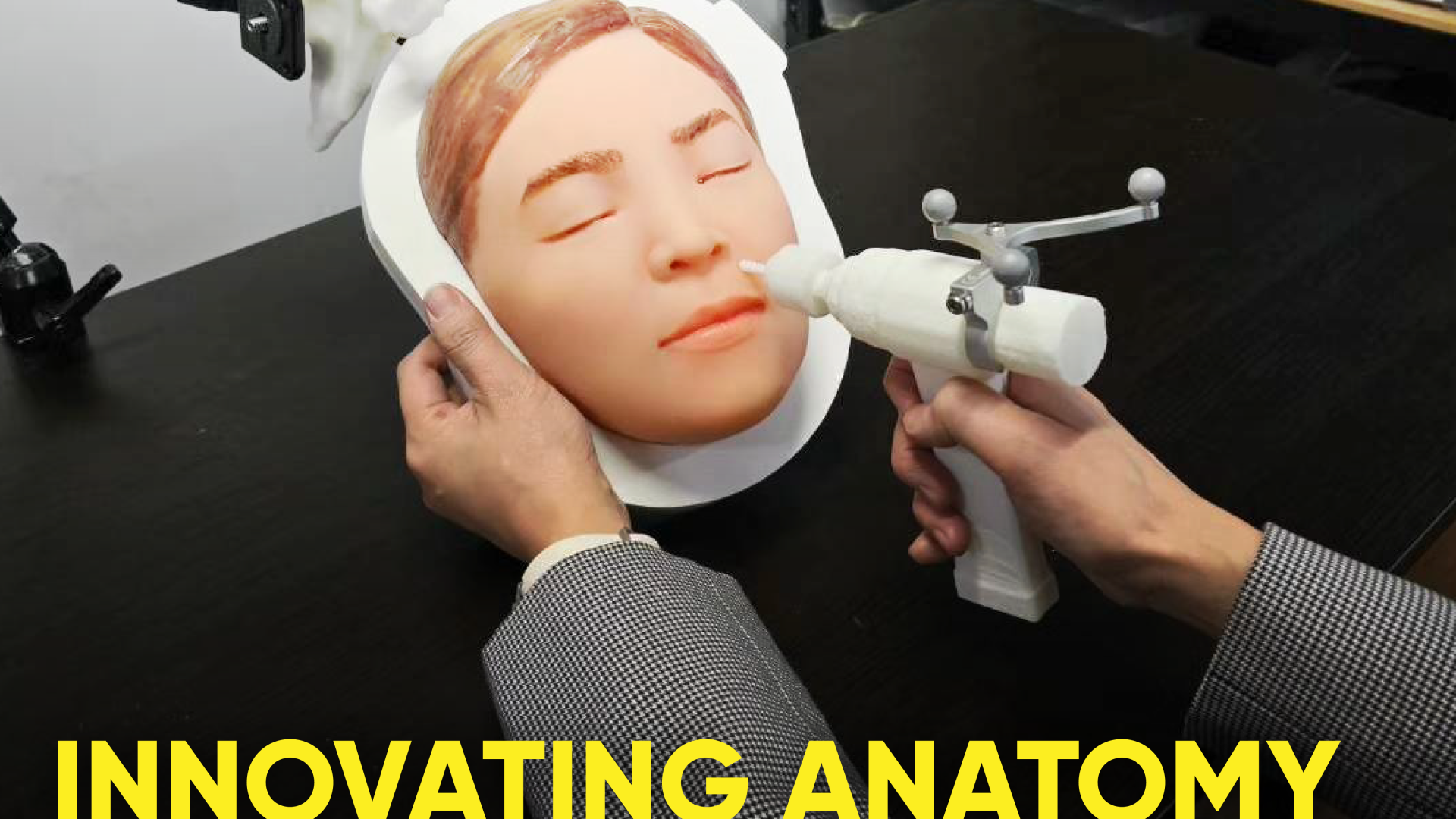IMPORTANCE OF CADAVERS IN MEDICAL EDUCATION
Cadavers are invaluable in medical education, allowing students to study, learn, and practice medical procedures before performing them on actual patients. These procedures require mastery and expertise, and cadavers provide a crucial hands-on experience for developing these skills.
INTEGRATION OF MEDICAL SIMULATORS
To enhance the training process, medical simulators were introduced, developed in collaboration with the Siriraj Medical Education Technology Center. These artificial skin models closely resemble human skin, allowing students to practice injections in a realistic environment before moving on to cadavers.
TRADITIONAL PRACTICE METHODS
In the past, medical students practiced procedures using fruit skins, such as cutting a banana peel or peeling tomato skin without damaging the inner flesh. This practice, known as the “Fruit Lab,” became a part of the residency training curriculum at the Department of Dermatology, Faculty of Medicine Siriraj Hospital, Mahidol University.
CURRENT USE OF CADAVERS
Cadavers are used monthly to teach dermatological procedures, particularly aesthetic ones like botulinum toxin and filler injections. However, since these procedures primarily focus on the face, it results in the overuse of cadavers. The belief is that cadavers should be preserved for procedures with greater medical significance.
REDUCING CADAVER RELIANCE WITH TECHNOLOGY
To minimize cadaver use, we have explored technological alternatives. In 2019, a collaboration with SurgiMind Co., Ltd. from South Korea led to the development of the “Anatomy 2D-3D” program. Initially starting as a 2D anatomy program, it has evolved into a 3D platform with a 360-degree view, simulating cadaver dissections by visualizing and dissecting facial layers.
INTRODUCTION OF MIXED REALITY (MR)
Recent advancements include the integration of Mixed Reality (MR) technology, combining Virtual Reality (VR) and Augmented Reality (AR). Using hologram glasses, learners can interact with 3D virtual objects in real space, providing a more realistic and immersive practice experience.
FUTURE DEVELOPMENT PLANS
Plans are underway to expand this technology for other procedures such as injections and thread lifts. As an online program, it holds international potential, offering Mahidol University students free access to these learning resources. Additionally, the program is being developed into an interactive game where students can earn points while learning, making the educational process more engaging.
IMPACT AND CONTRIBUTION
This innovative project not only advances medical education but also offers valuable research opportunities. It supports the mission of the Faculty of Medicine Siriraj Hospital, Mahidol University, in fostering education, research, innovation, and medical services. By contributing to society and strengthening the university’s reputation as the “Medical Institution of the Land,” the project enhances
global healthcare through knowledge generation and improved medical practices.

 Published
Published